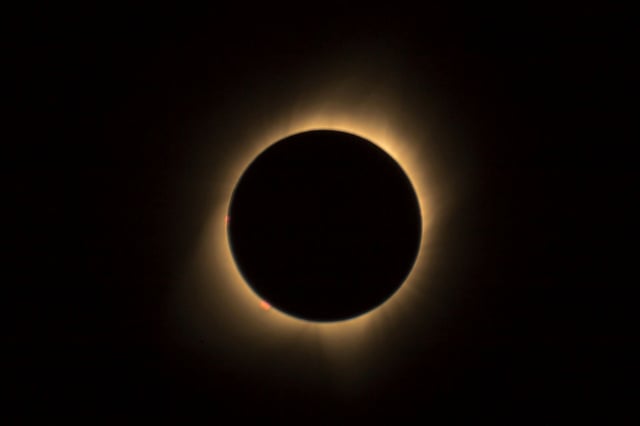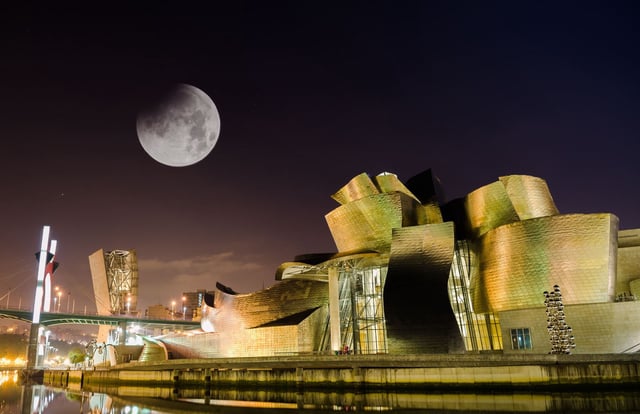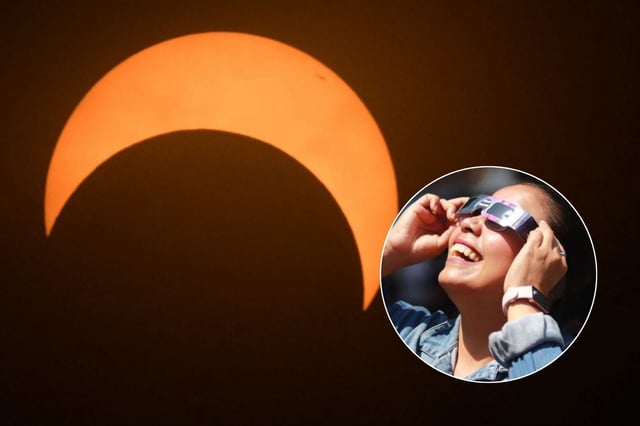Overview
- The Perseids will crest on the night of August 12–13 with an 84% illuminated moon likely limiting sightings to the brightest meteors from an ideal rate of 50–100 per hour.
- Observers are advised to escape light-polluted areas, allow at least 20 minutes for eyes to adjust to darkness, and face away from the moon to boost meteor counts.
- This annual shower stems from debris of comet 109P/Swift-Tuttle and is known in Europe as the “Tears of Saint Lawrence” in reference to the August 10 feast day.
- The Badajoz event at La Cocosa on August 14 includes guided solar and Mercury observations by professional astronomers and free transport for 50 participants.
- Skywatchers can look ahead to other notable meteor showers this year—including Orionids, Taurids, Leonids, Geminids and Quadrantids—with varying lunar conditions and peak dates.



